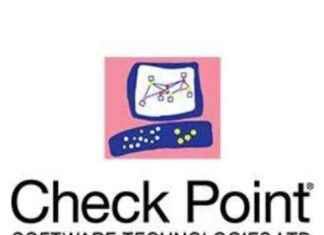AI is changing how businesses protect their computer systems, particularly in sectors like airlines, healthcare, retail, and telecommunications, which depend on applications and APIs for smooth digital interactions. However, there’s a danger that companies may not use AI tools correctly or choose insecure suppliers, which could result in extensive data breaches and operational disruptions. Greg Otto, Editor-in-Chief of CyberScoop, discusses the growing difficulties in IT security and intricacy as more AI applications are taken on and what companies need to prioritize to defend their systems as guidelines and rules develop. CyberScoop journalist Derek B. Johnson also joins Greg to talk about a congressional hearing that placed a strong emphasis on cybersecurity concerns for election officials before November.
As AI continues to evolve and become more prevalent in various industries, organizations must stay vigilant and adopt best practices to secure their IT infrastructure effectively. One crucial aspect of securing AI systems is ensuring that they are deployed and managed correctly. This involves conducting thorough risk assessments, implementing robust security measures, and regularly monitoring and updating AI tools to address emerging threats.
In addition to deploying AI tools securely, organizations should also pay close attention to the vendors they work with. It’s essential to choose reputable and trustworthy vendors who prioritize security and compliance. This can help mitigate the risk of data breaches and ensure that AI systems operate effectively and securely.
Furthermore, as policies and regulations around AI and cybersecurity continue to evolve, organizations must stay informed and compliant with the latest standards. This includes staying up to date on industry best practices, complying with relevant regulations such as GDPR and HIPAA, and collaborating with industry peers and regulatory bodies to address emerging security challenges.
In conclusion, securing AI systems requires a comprehensive and proactive approach that involves proper deployment, vendor selection, compliance with regulations, and ongoing monitoring and updates. By following these best practices and staying informed about the evolving cybersecurity landscape, organizations can effectively protect their IT infrastructure and data from potential threats and breaches.







